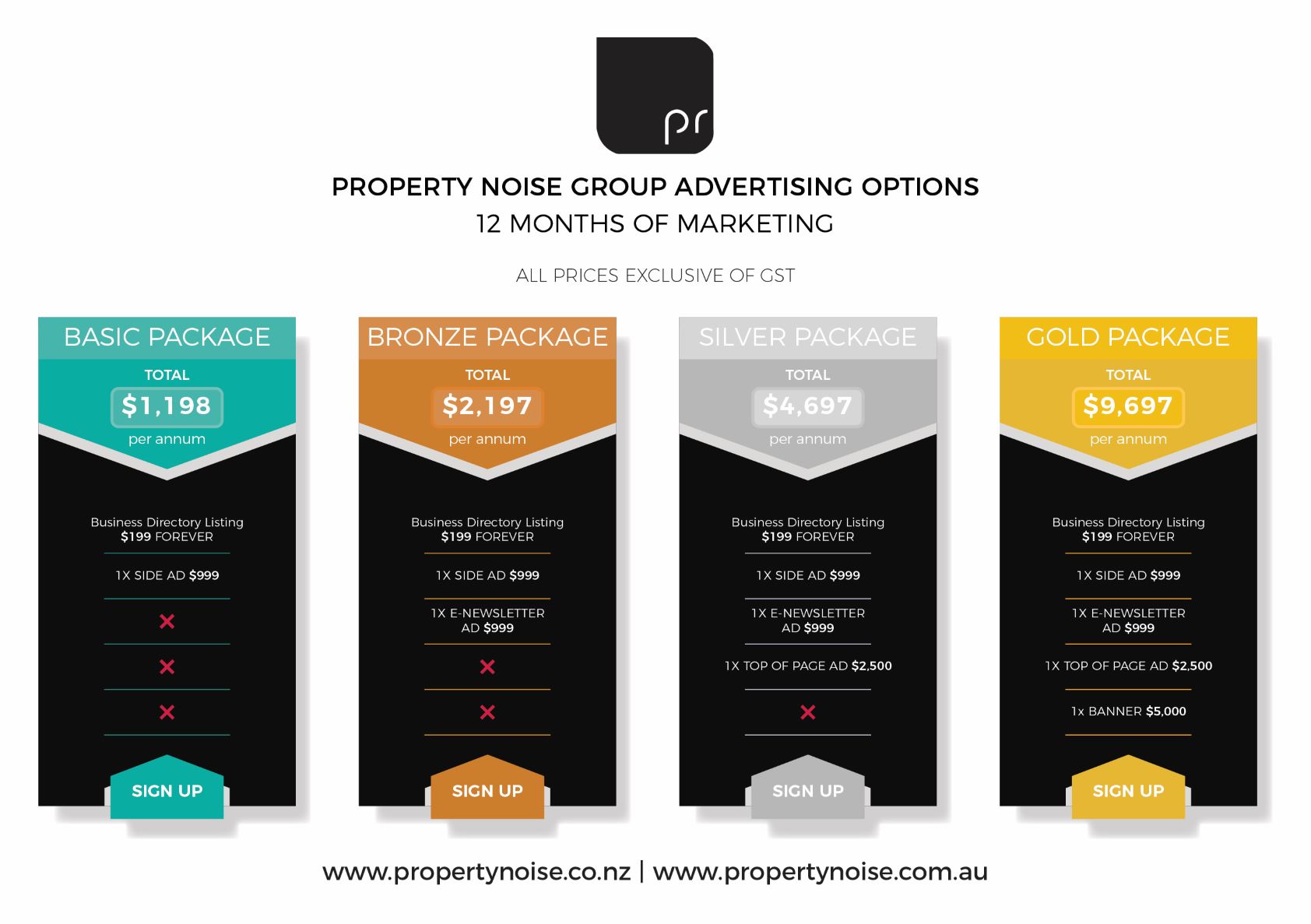PHOTO: CoreLogic
| The CoreLogic Buyer Classification figures for January are in and they show that the Reserve Bank was on firm ground in raising deposit requirements for investors. Last month, mortgaged investors had a 30% share of property purchases, the highest month on record – reflecting a high number of purchases too, not just a dip by other buyer groups. Meanwhile, with quickly rising house prices meaning an ever-larger deposit needs to be saved, there are now signs of fatigue amongst first home buyers. Their share of purchases dropped to 22% in January, the lowest level since the first half of 2018. |
| Starting with property market activity by mortgaged investors (multiple property owners/MPOs) in January, the first chart (attached) clearly illustrates how busy they were – with some of these purchases likely to have been ‘brought forward’ to ensure they avoided a 30% deposit requirement (from 1st March), which will now of course be raised to 40% from 1st May. Our January figures certainly add weight to the Reserve Bank’s decision to move back to a 40% deposit for investors sooner rather than later.
It’s also worth highlighting the cash investor (MPO) line, at an 11% share of purchases in January. The cash line tends to be a little more stable than mortgaged, and typically of less interest (because these buyers are not directly affected by changes to lending rules). However, when you add the cash and mortgaged figures together, it becomes even clearer the role that investors have played lately. At the same time, even though they are able to tap their expanding KiwiSaver funds, the signs that first home buyers might finally be starting to struggle harder with ever-rising property values and hence deposit requirements are becoming clearer too. As the first chart also shows, FHBs’ market share dipped reasonably sharply in January, to levels not seen for about three years. These national-level results of falling market share for FHBs but strength for mortgaged investors reflected the same patterns in Auckland, as well as many of the larger ‘provincial’ centres around the country, such as Rotorua (see the second and third charts attached). |
MOST POPULAR















